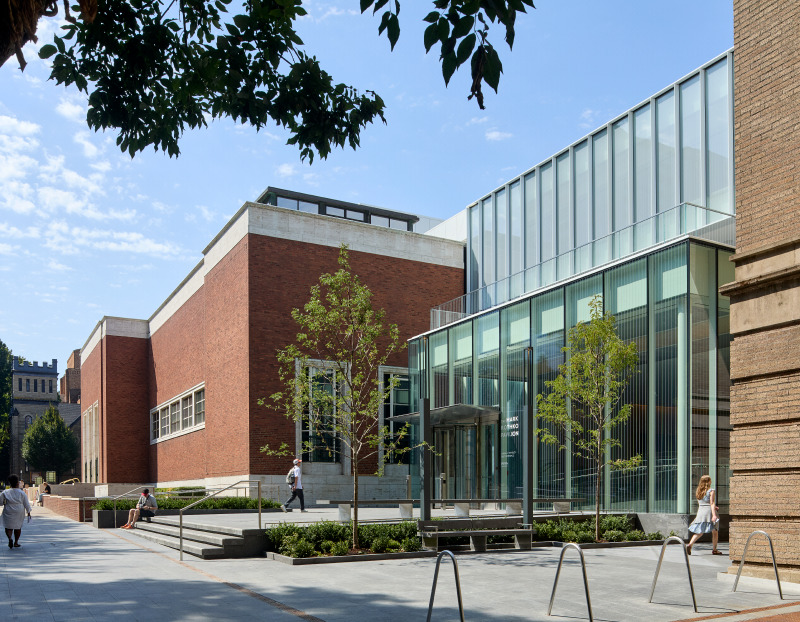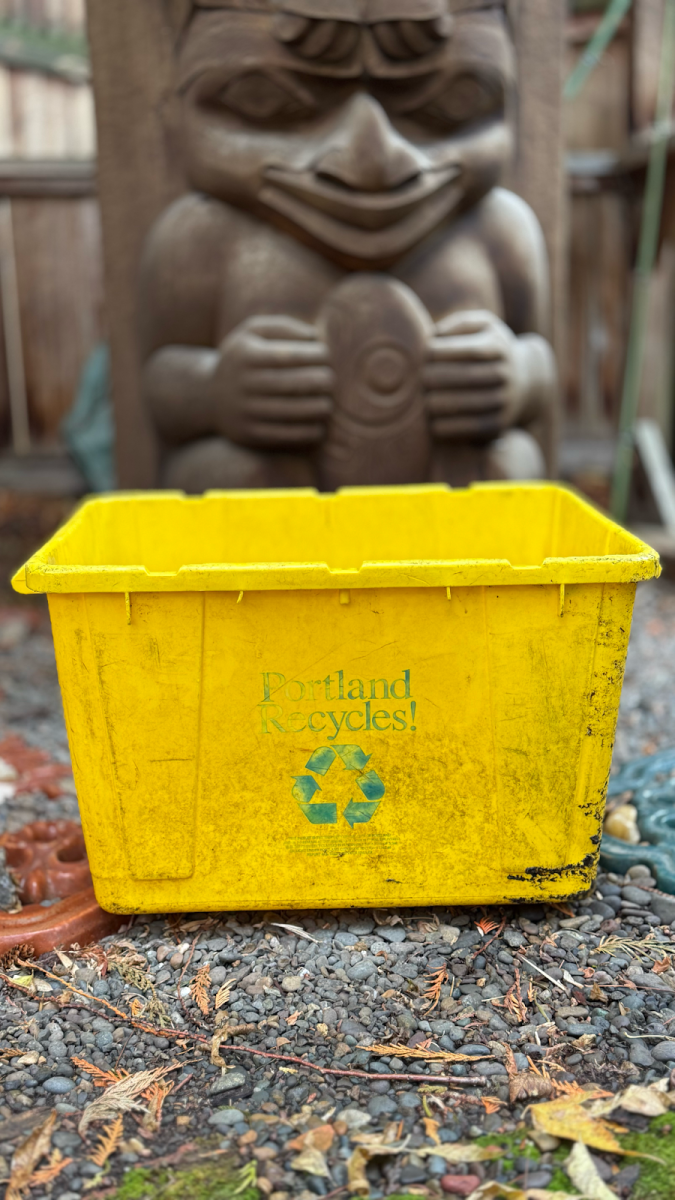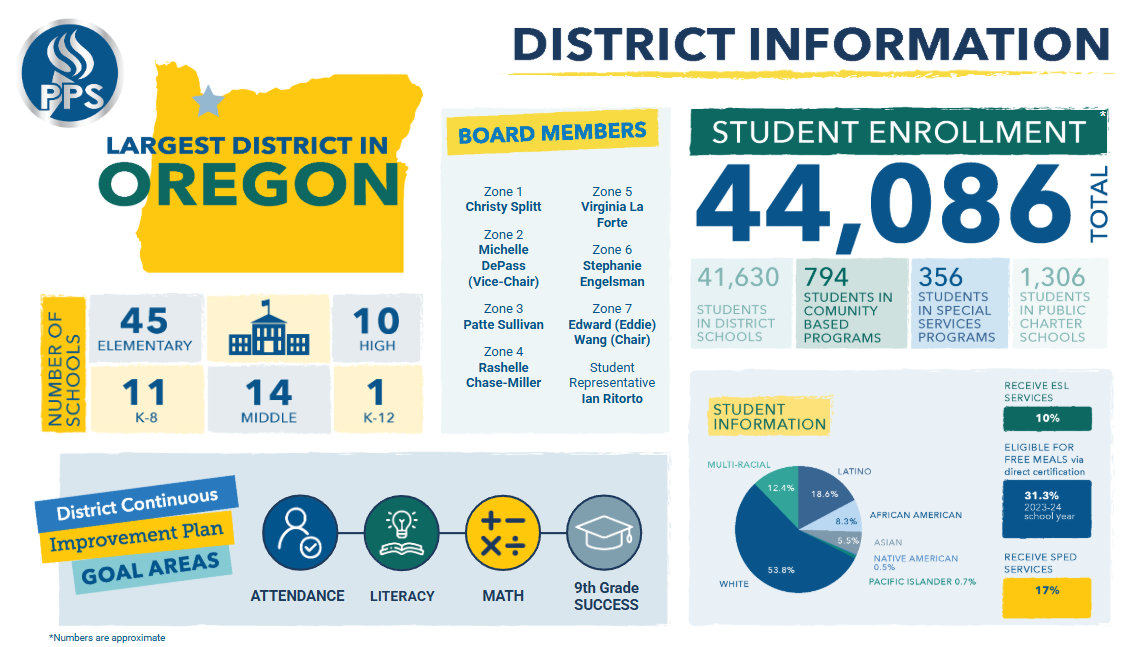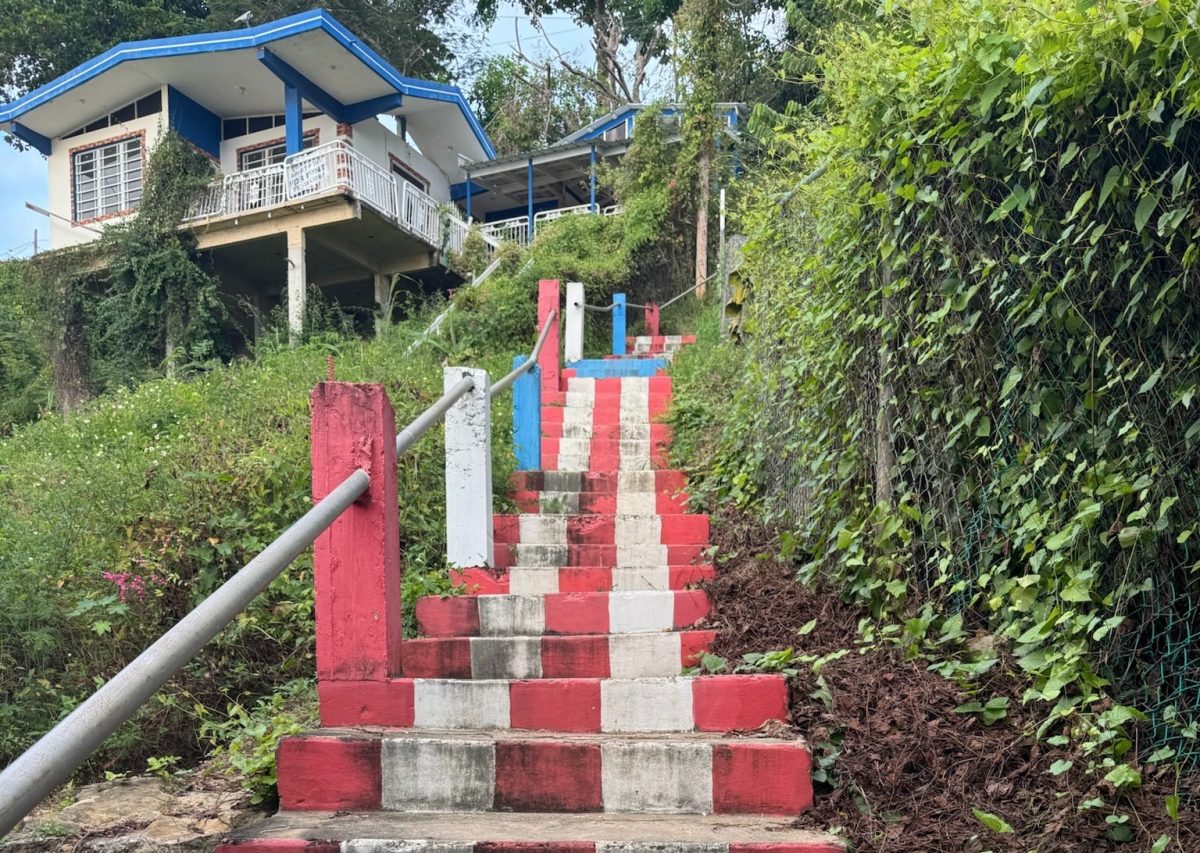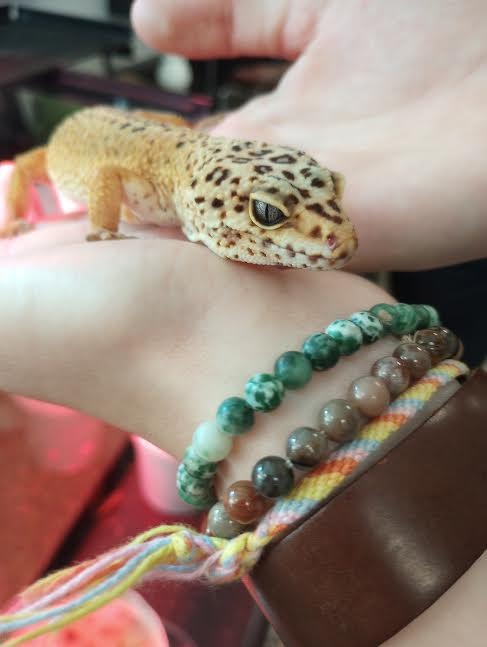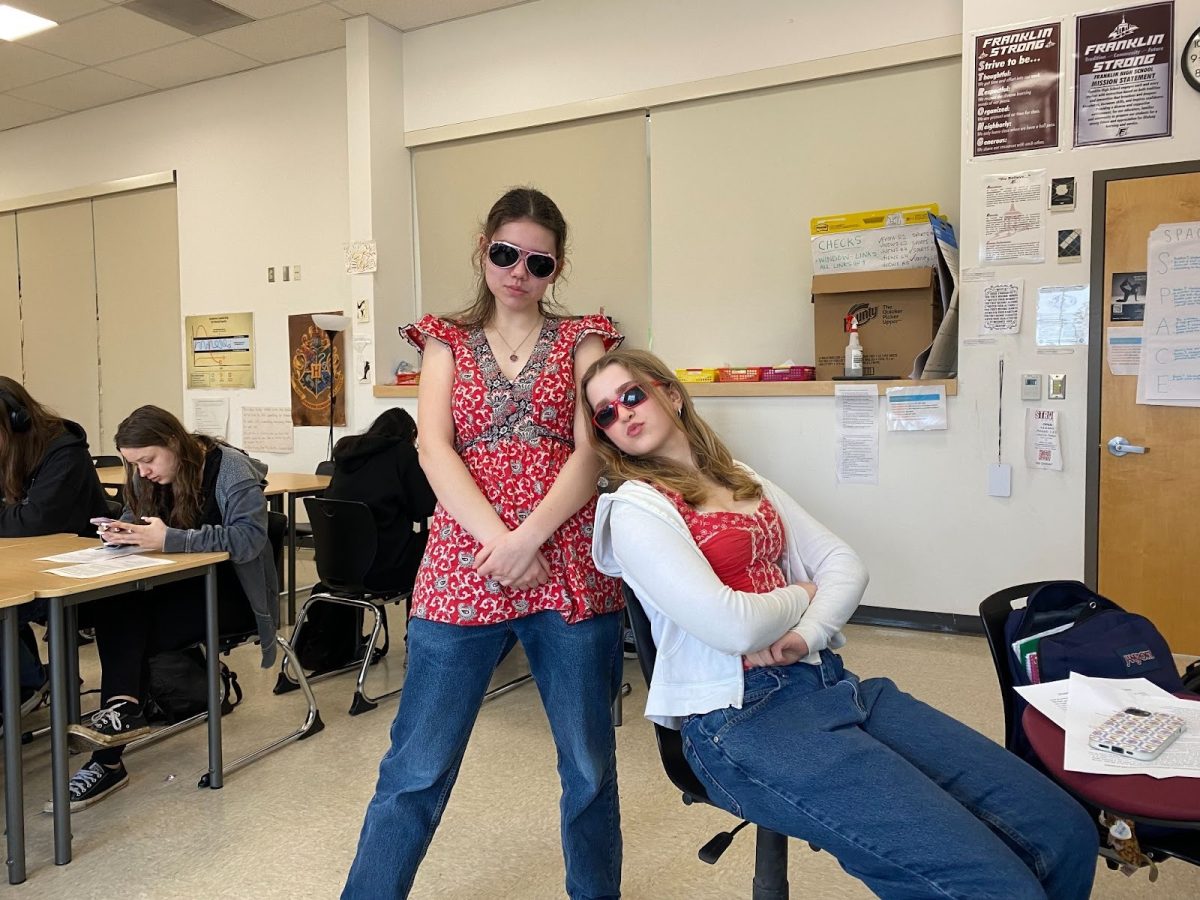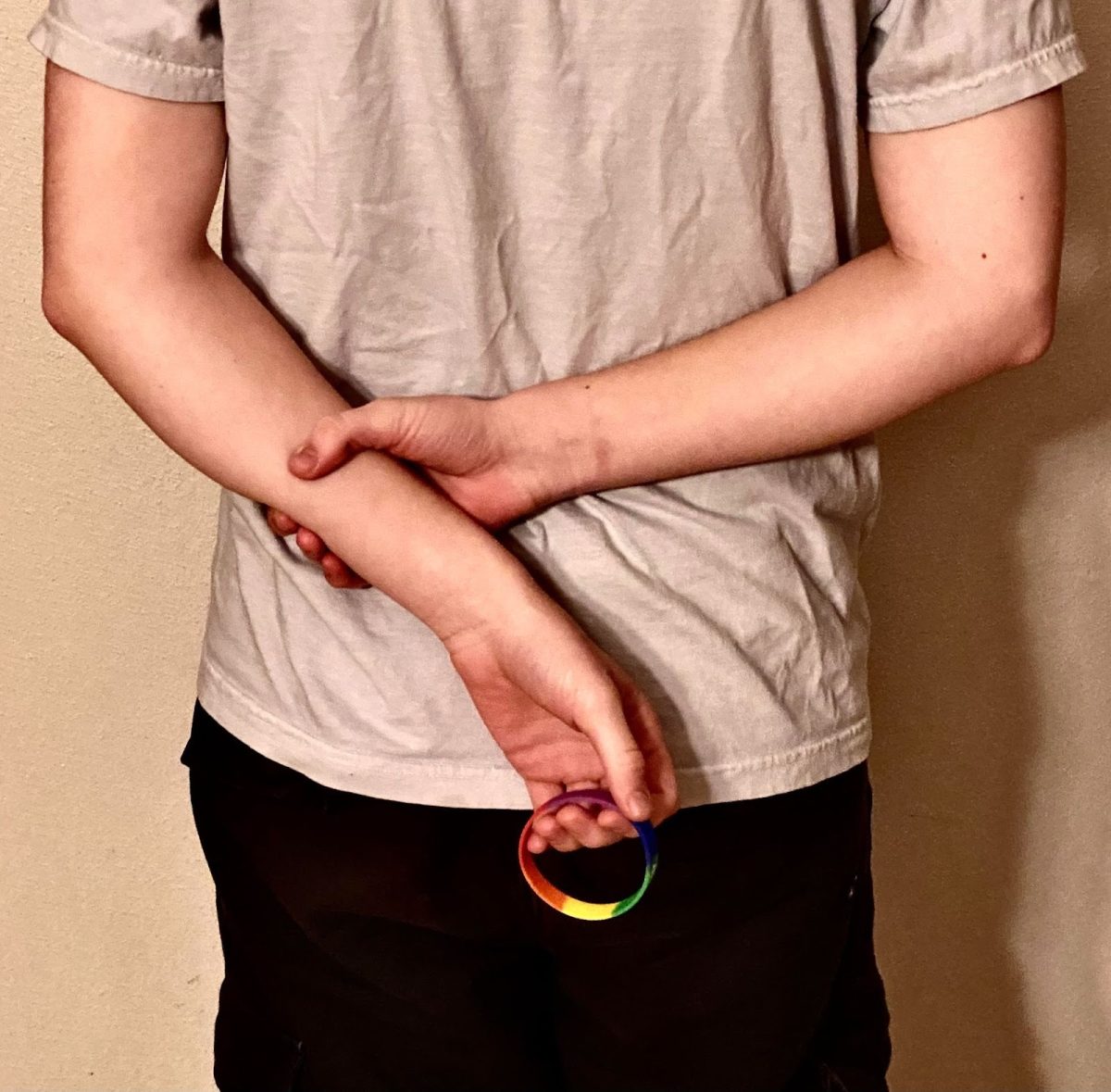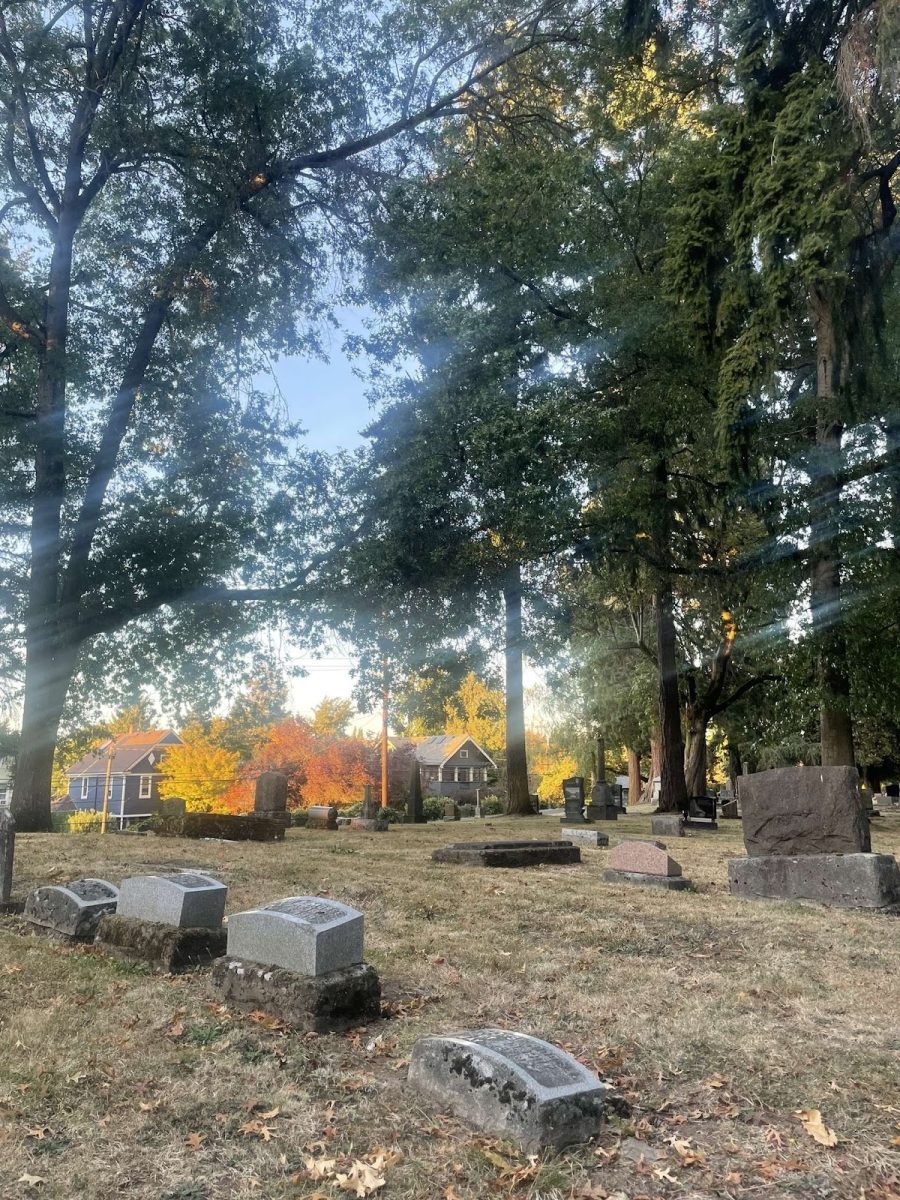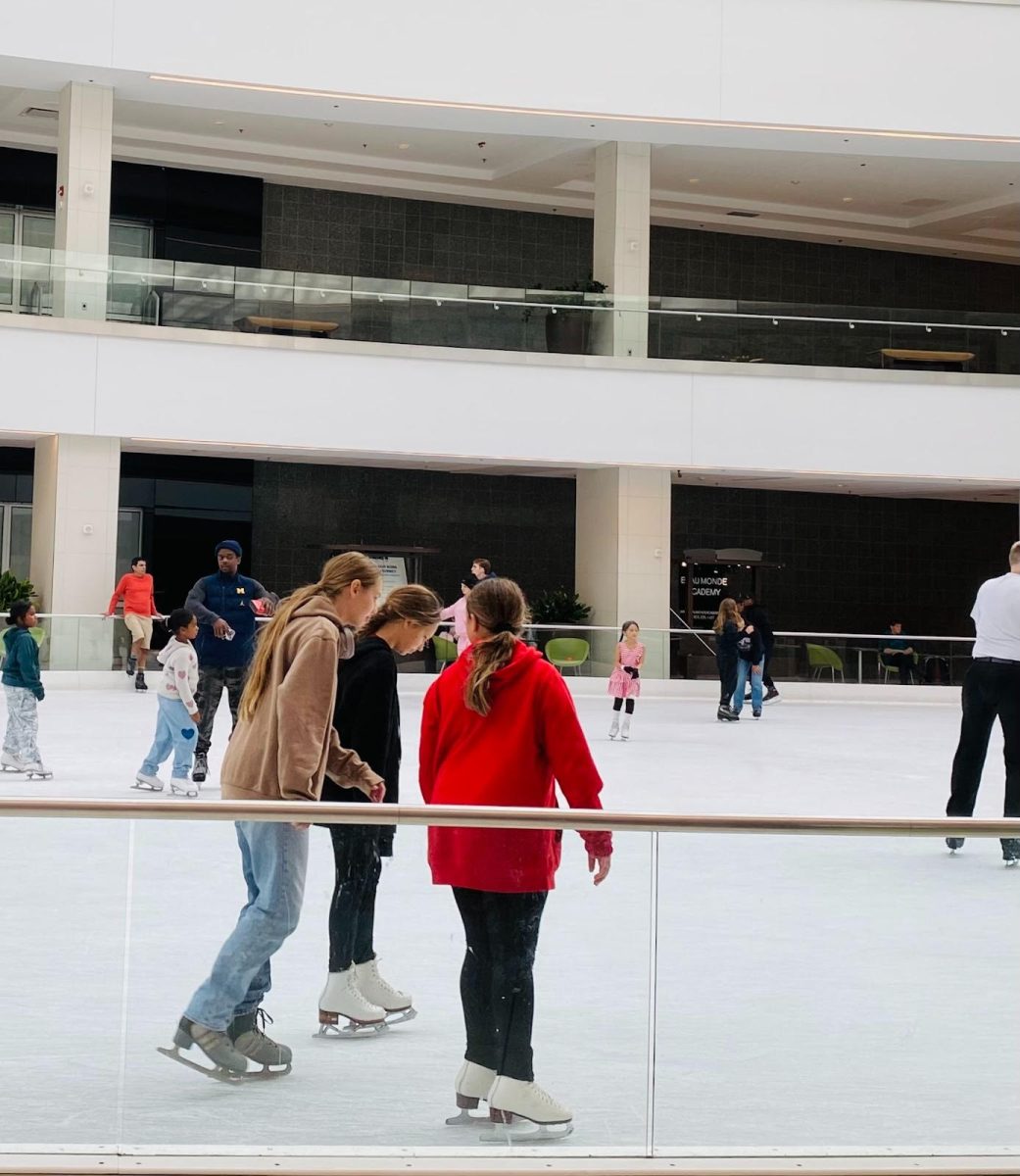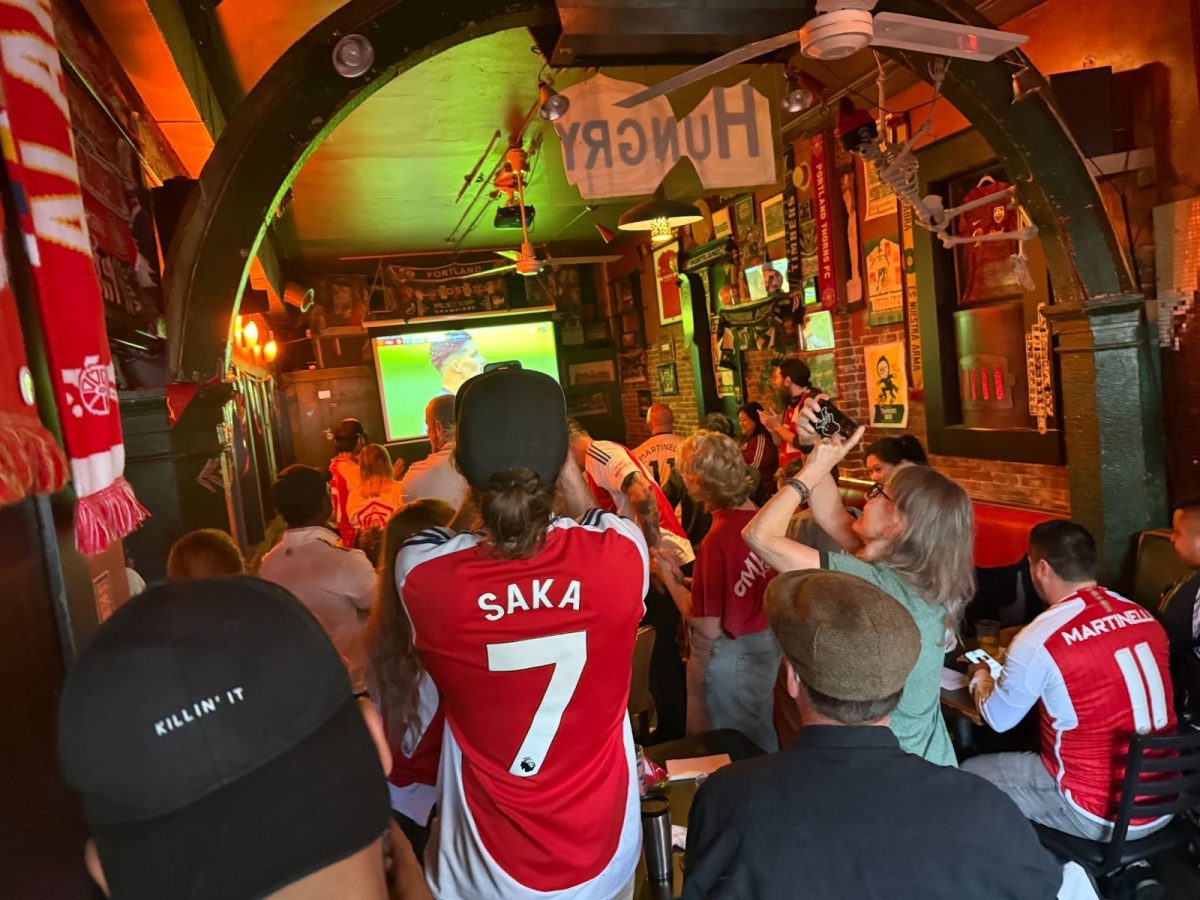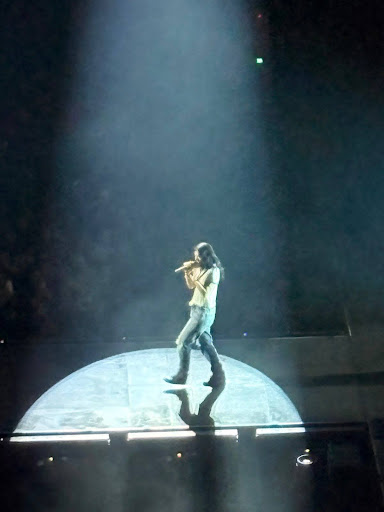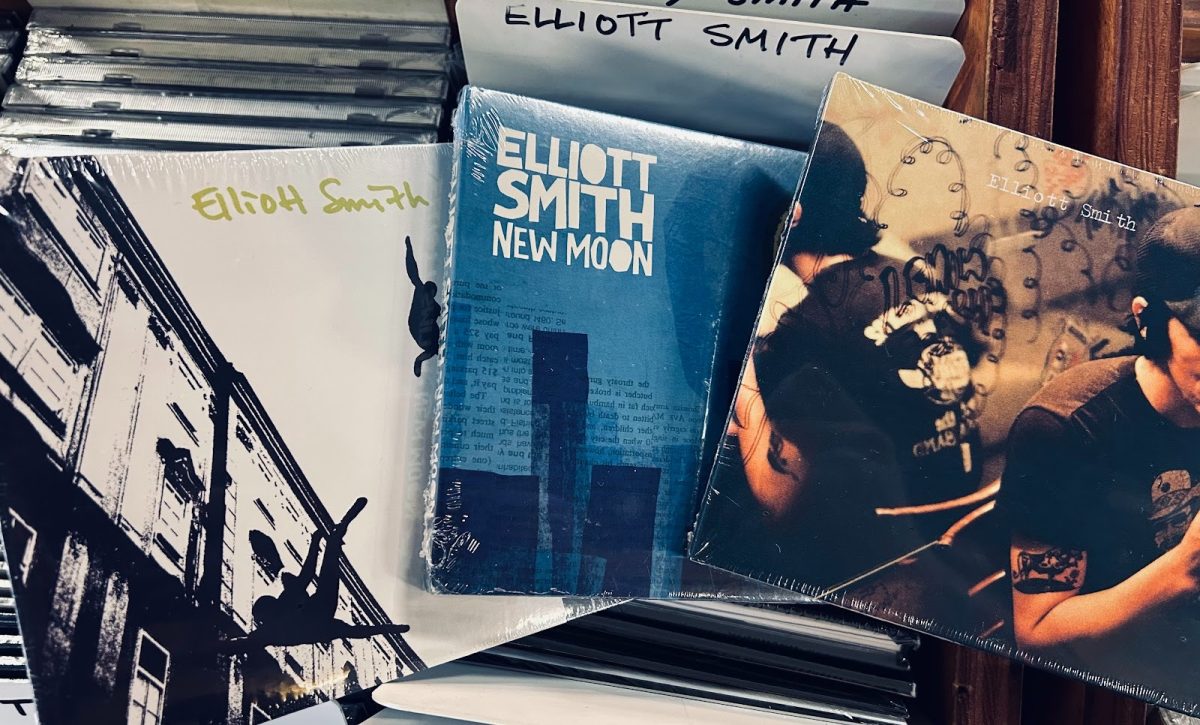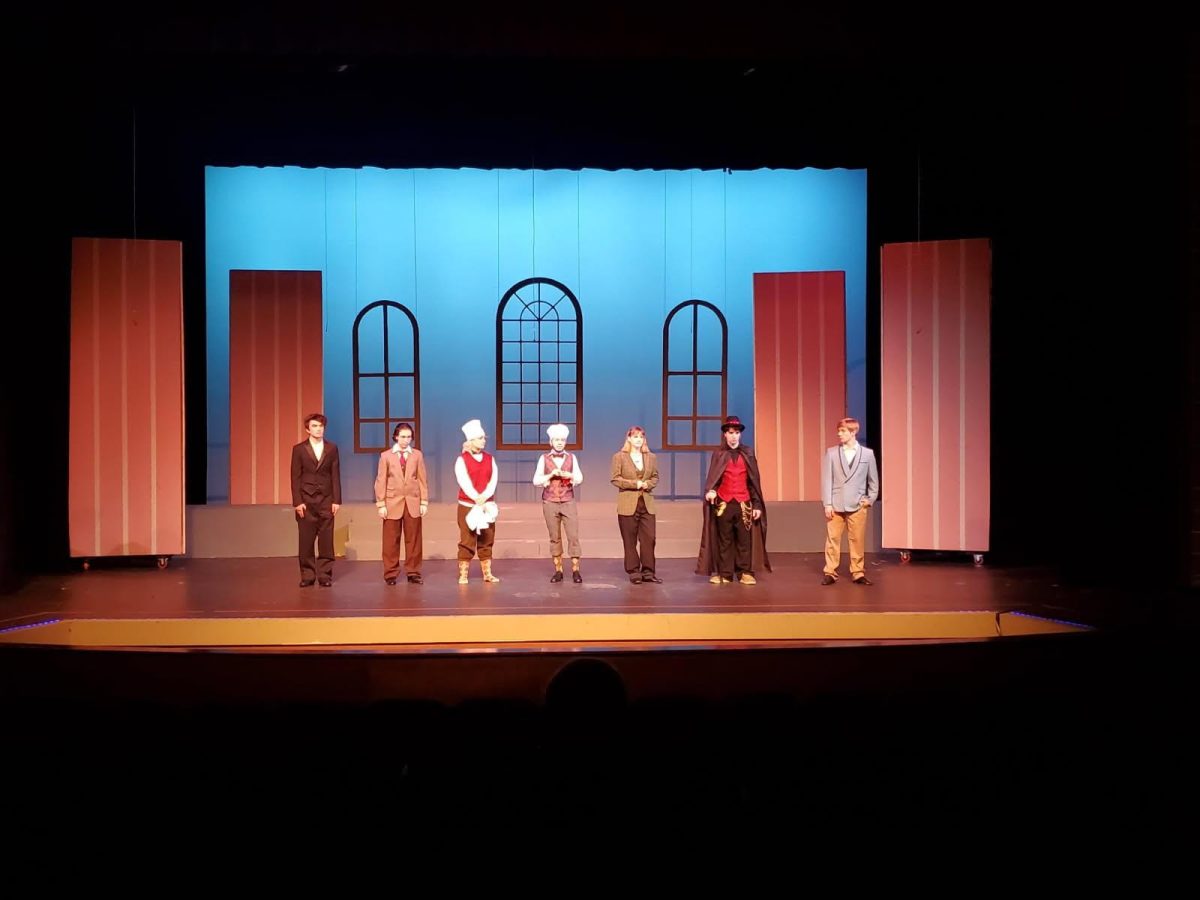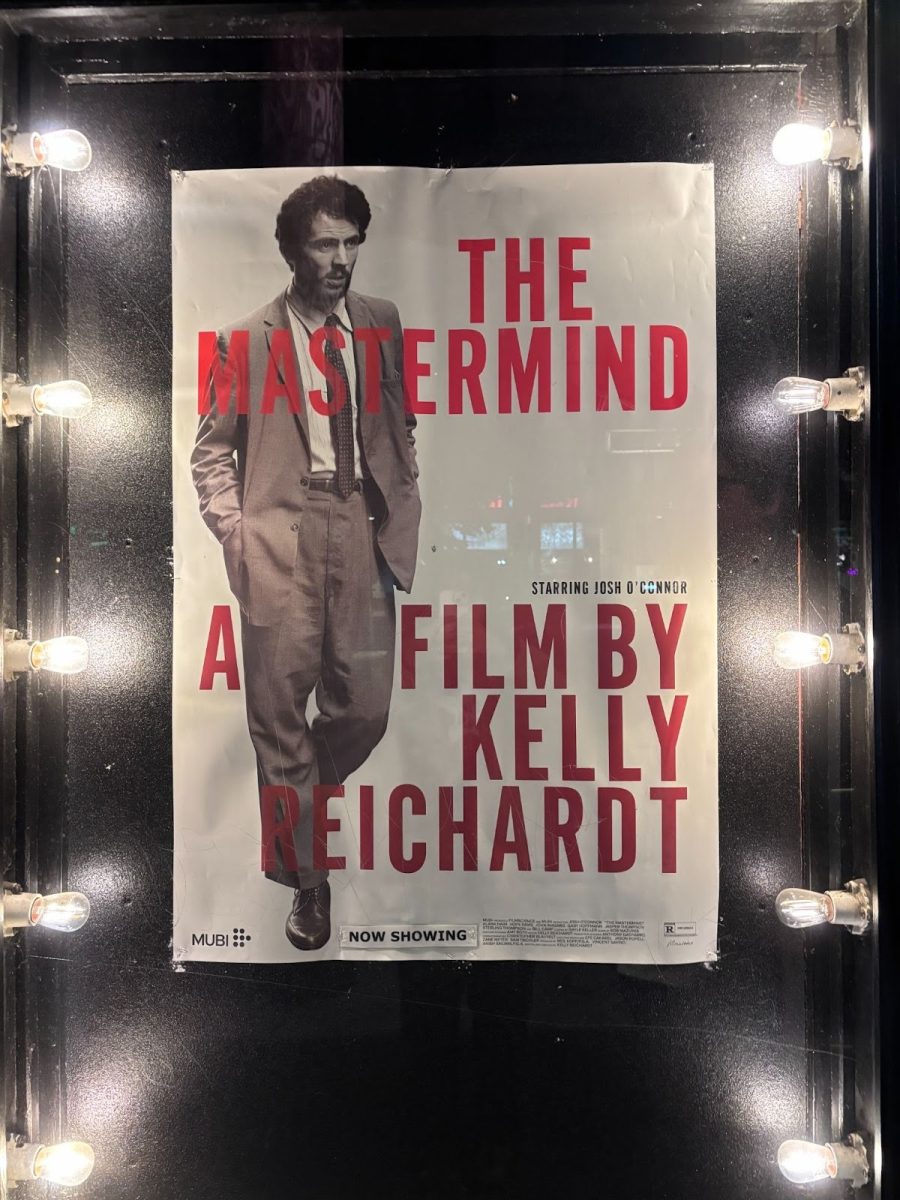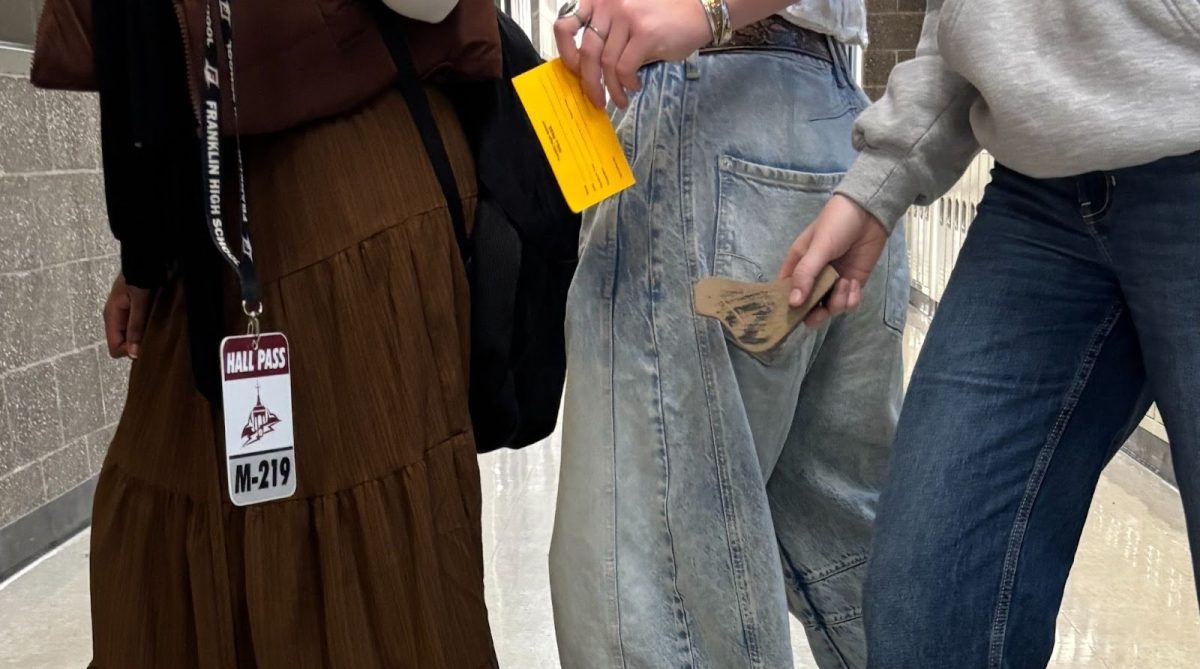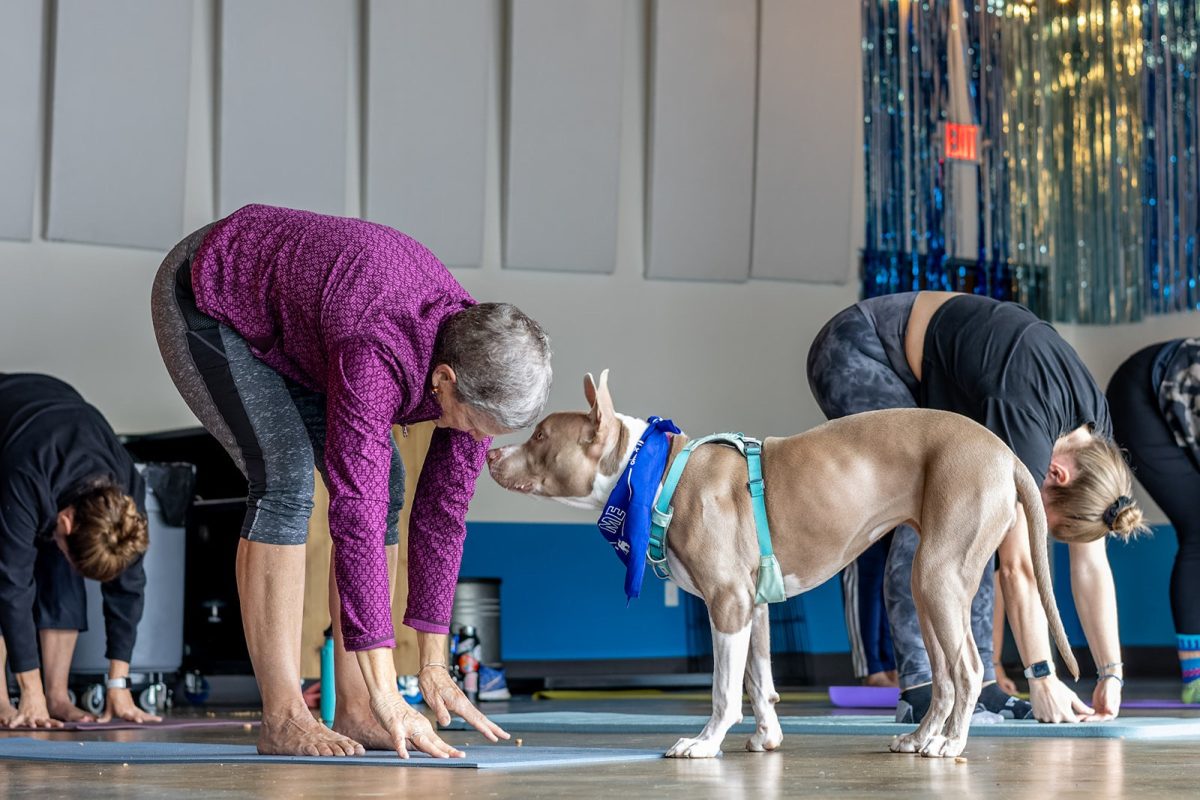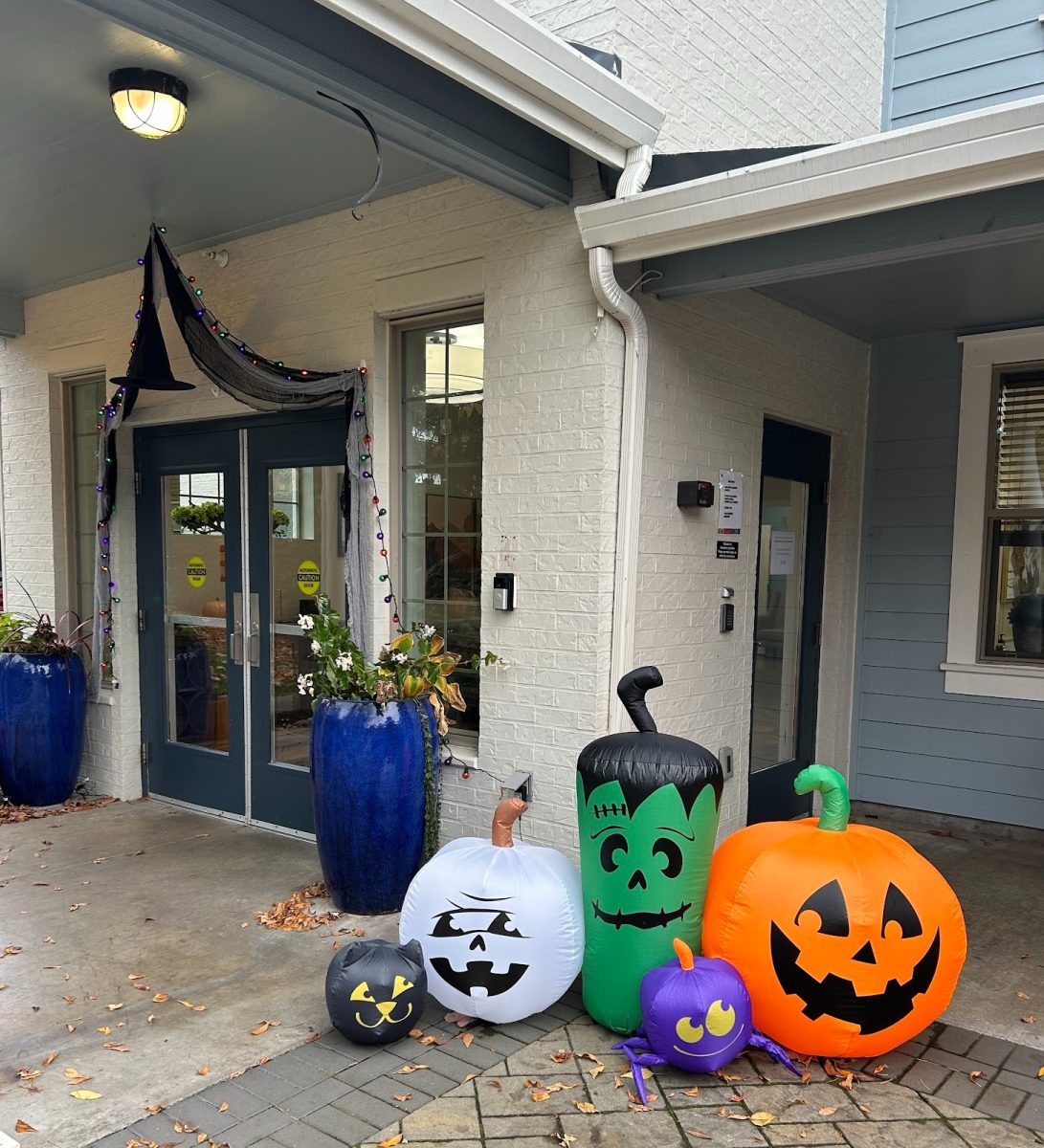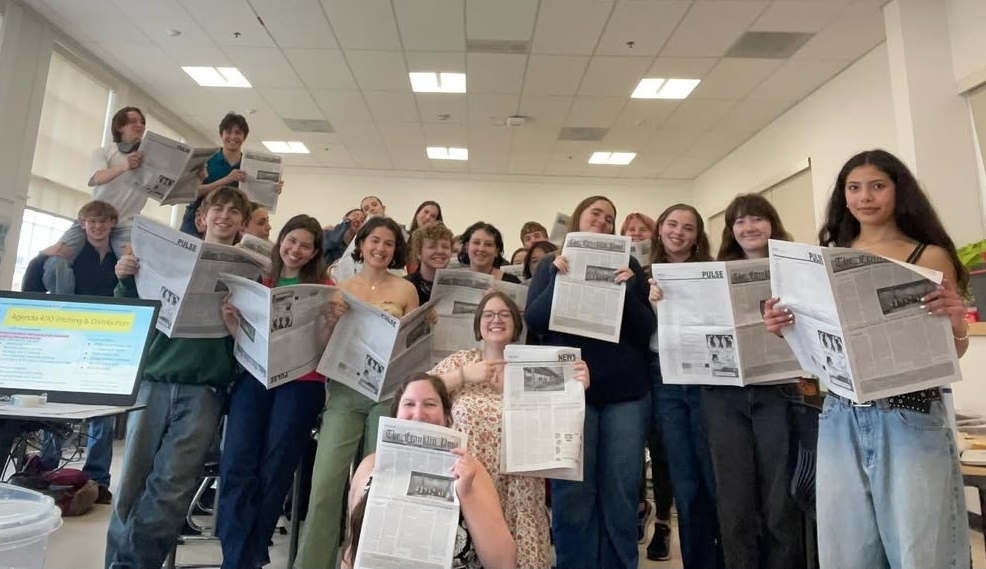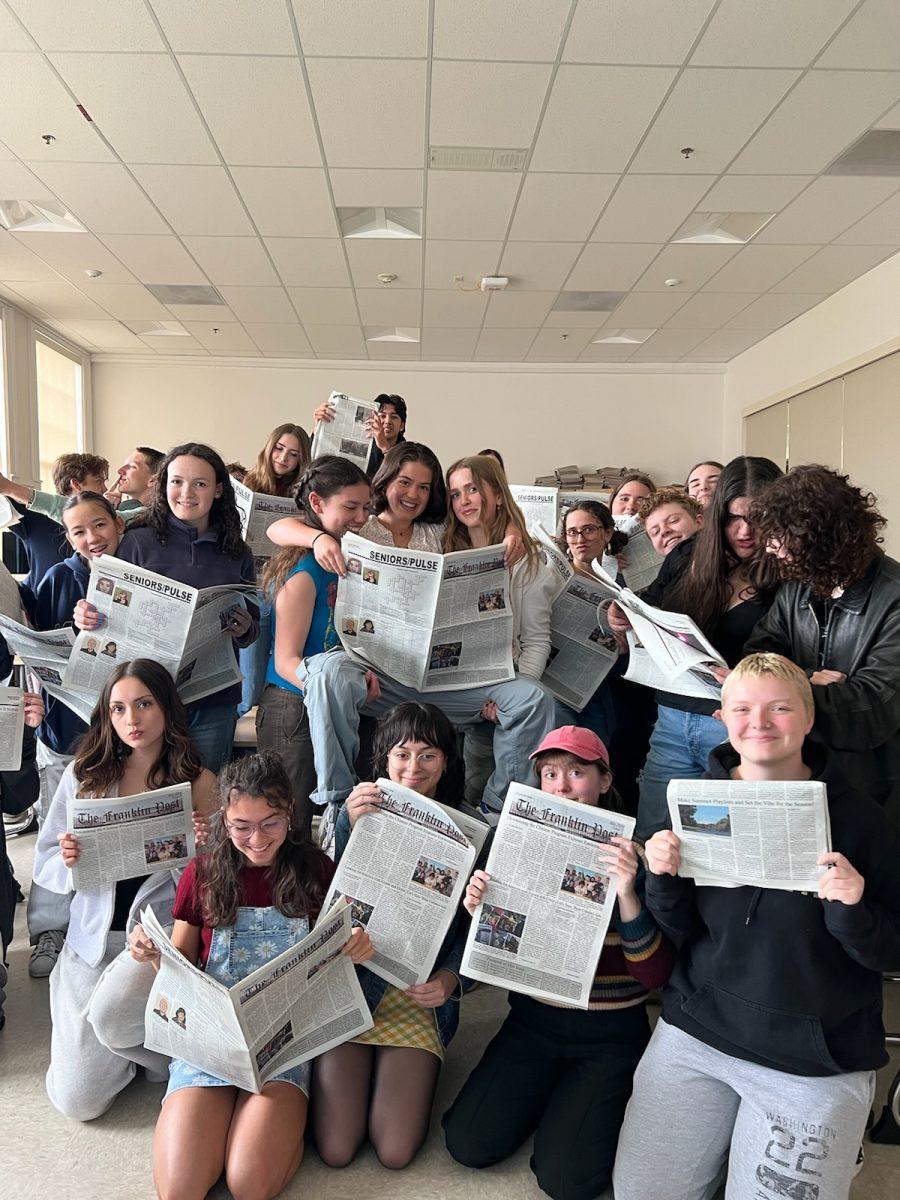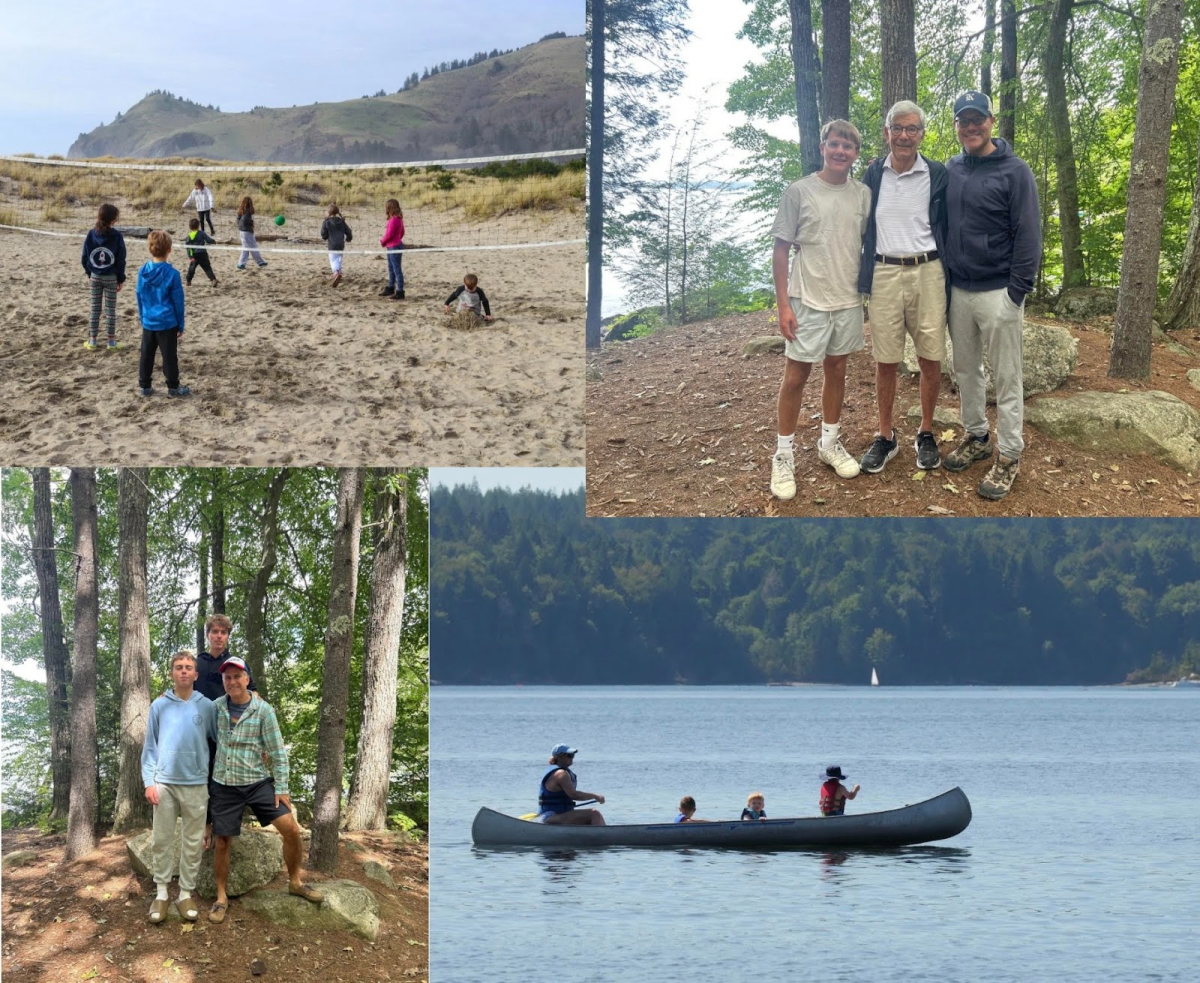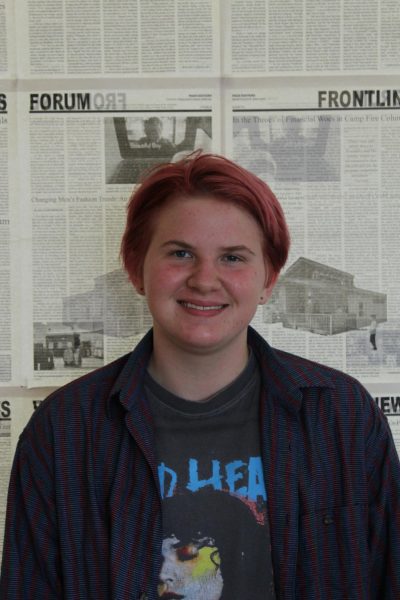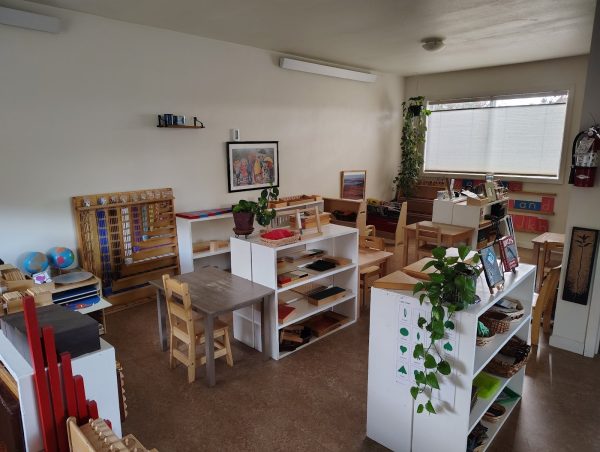
Imagine a classroom — an elementary classroom, full of children aged 6 to 12 mingling and talking in groups. One student is sitting on a woven rug playing a folk song on the ukulele, an older friend standing over her shoulder to offer guidance. A third grader is explaining fractions to two first grade classmates by moving around small wooden pie slices on a piece of paper. One child is just laying on the other rug as one of the class pets, a bearded dragon, refuses to move from his shoulder. Though this modern classroom has changed a lot from the original visions of early 20th century Italian physician and educator Dr. Maria Montessori, over 15,000 schools around the world still follow her unique methods for early childhood education.
These eponymous Montessori schools give children the opportunity to learn through hands-on work, collaboration, and storytelling. They offer not only an alternative to traditional education, but an experience and life philosophy that continues to impact people even after they age out of the schools.
At the start of every year, Montessori elementary school students are told five monumental stories, lessons about the past that help guide their future learning. In her 2005 book “Montessori: The Science Behind the Genius,” psychology professor Angeline Stoll Lillard tells readers that “Dr. Montessori saw the world of humans as based in five critically important developments: the creation of the universe, the beginning of life, the coming of human beings, and … the development of language and the development of numbers. These five developments are told about in the five Great Lessons.”
These lessons are one thing that attracted Millie Lang to the Montessori method. Lang has taught both preschool — which is often called primary in the Montessori method — and elementary in Portland and Fairbanks, AK, for a total of nearly 20 years of Montessori teaching. Lang feels that, “[The] five Great Lessons … [are] so amazing to capture the interests of children through storytelling, and to spark their creativity and their ambition.” She elaborates, saying, “for thousands of years, that’s what humans did — we told stories to each other.” Julian Werner Andrews, who went to six years of Montessori school, looks back on these lessons fondly: “The timeline of life was always a favorite of mine … the entire timeline of life on Earth [from] … trilobites to modern humans.” To Julian Werner Andrews, the lesson is powerful because it “shows how short the period of time that humans have been around is, and fits into the context of the other Great Lessons in a really cool way.”
One core principal of Montessori education is the idea that children should be treated like smaller adults. Dr. Montessori first had the idea of making all the furniture in preschool classrooms sized for the child — mini chairs, tables, and shelves where nothing feels out of reach. This sort of approach is thought to help students feel empowered and independent, which creates a good environment for learning. Julian Werner Andrews’ mother, Sarah Werner Andrews, works as American Montessori Internationale (AMI) director of training at Montessori Northwest. She explains that one of the most important parts of Montessori schooling is giving students the freedom to plan their own day and decide things for themselves. “From the moment you first stepped foot in a Montessori classroom,” she notes, “you were able to make choices yourself, and you experience the consequences of that.”
When children are given choice about what activities they want to do and how they want to do them, it can inspire more passion and love of learning in them. Julian Werner Andrews remembers spending two years in elementary school building a replica of the Santa Maria del Fiore Cathedral in Florence, Italy out of balsa wood because he was just “really obsessed with that building when [he] was a kid.” This sort of experience is far from unusual among Montessori students, who are given relatively free reign to explore their interests in creative ways.
Rather than having a set curriculum and teaching lessons from it, Montessori teachers, who are often called guides — because children are considered their own teachers — give their students a set of skills that can be used in a variety of pursuits. In essence, students are taught ways to learn. Morgan Vassiljev, lead guide for the seven-student middle school program at Puddletown Montessori School, uses painting as one example. “You might be painting to express yourself,” he says, “or you might be using an art skill to create a flyer to promote a business or a product that the class is trying to sell.” Julian Werner Andrews agrees, stating that “the biggest impact that Montessori had on me is creating this natural curiosity … more so than any specific academic concept.”
Emersyn Sorci, who went to Franciscan Montessori Earth School (FMES) from age 3 through eighth grade, also recalls this sort of practical, hands-on learning. As a nature-focused school, FMES takes its elementary school students on two Earth Experiences per year, trips where kids “go and sleep away for a couple nights and learn about the place [they]’re staying in.” They would all help to cook meals and spend the days doing educational activities, some of which they plan themselves, often related to the locations they’re staying, which for Sorci included Newport, Champoeg, Cape Disappointment, and La Pine.
Dr. Montessori believed the outdoors to be extremely important in the development of curiosity and wonder in children. Elements of outdoor education are included in most Montessori curriculums, and can range from multi-day trips — similar to Oregon’s Outdoor School program — to having a garden that students help out in. Elizabeth Bartko has worked in Montessori programs with children from ages 1 to 6, and is currently on her third year at Frog Song Montessori Preschool in Northeast Portland, which incorporates Zen Buddhist values and a natural playground into daily activity. Bartko says that, at Frog Song, they spend most of the time during the day outside. “We go on nature walks, … bring materials outside to work with, have snack, [and] read books and sing songs outside.” This is intended to create not only respect for the environment, but also core memories for children.
When talked about theoretically, the world of Montessori schools can seem abstract and unstructured — students plan their own days in fluctuating environments with minimal adult intervention, and are rarely, if ever, forced to work on a certain subject at a certain time. However, the intensive training to become certified as a Montessori guide, especially if the desired certification is AMI, is anything but. Lang recalls her elementary school AMI training as being “a pretty grueling process,” and remarks that others have described it as “the hardest experience that they ever had.”
Bartko, who took the training through Montessori Northwest 16 years ago, remembers “a daily 9 [a.m.] to 3:30 p.m. course. The people who were there had to put their lives on hold.” The rigorous training includes receiving lessons as though you were the child in question, and taking notes to be able to recreate them to the best of one’s abilities. Bartko also recalls that the guides-to-be “created our own binders. [They] come out of training with five or six binders … that becomes [their] curriculum, how to give the lessons.” The goal of giving these lessons to the guides is, according to Sarah Werner Andrews, to “give them the Montessori experience … we can treat them with respect [and] give them as much autonomy as possible,” so that they can pass these core values onto their students.
Like all methods of education, Montessori is not perfect, especially when one considers how it interacts with the rest of society. These schools rarely go past elementary or middle school, so whether it be public or private, almost all Montessori students have to transition to a more traditional school at some point. Sorci came to Franklin at the start of the 2024-25 school year after 11 years of Montessori school. She remembers the transition being “very abrupt. Everything here is very different and bigger … a very certain way you have to do things. It’s not necessarily negative, [Franklin is] just different.”
For Julian Werner Andrews, who went to Sunstone Montessori School before attending Cleveland High School and then to Bowdoin College, traditional schooling was “very different than I was used to. I took some time to get adjusted socially, and … did not know the kind of models that were often used to teach.” Especially in math and science, Montessori students are often taught with physical materials, or learn how to solve problems starting at the end and finding the steps to work backwards, rather than in the way most others are taught. He also notes that, “Montessori education gave me all the tools to get answers, and I understood all the concepts, it was just presented in a different way.”
With the exception of a few charter schools, most Montessori schools in the Portland area require families to pay tuition, which can be difficult to afford. “That’s one of the biggest issues with society — education should be free,” says Lang. “It’s [unfortunate] that all students are not able to attend a school that fits their needs.”
Montessori is not a perfect model, and it isn’t right for every child, especially those who may have special needs or require more external motivation to perform their best. However, it can work well for some people, and Portland has a well-established community of Montessori schools dedicated to meeting students where they are.
